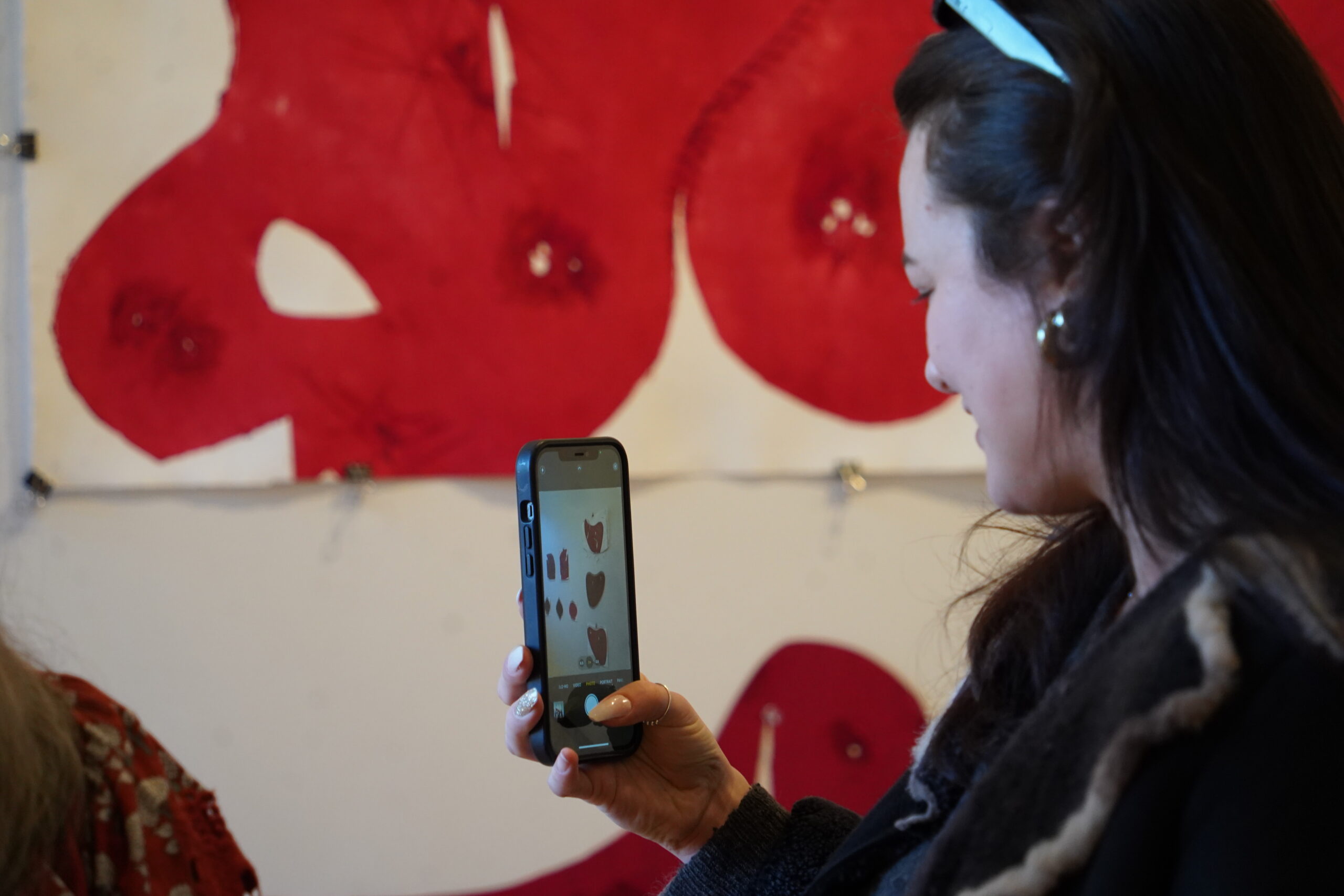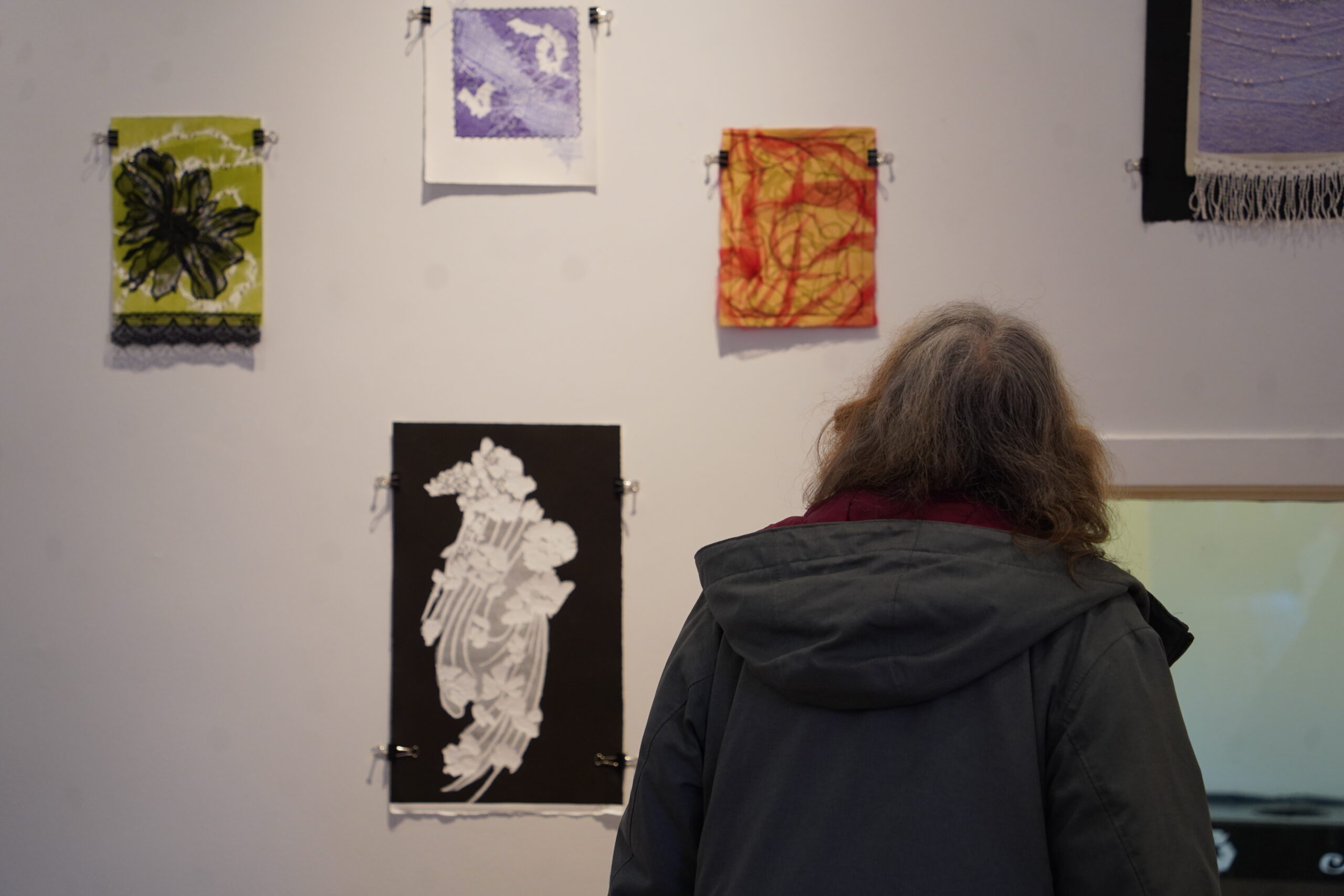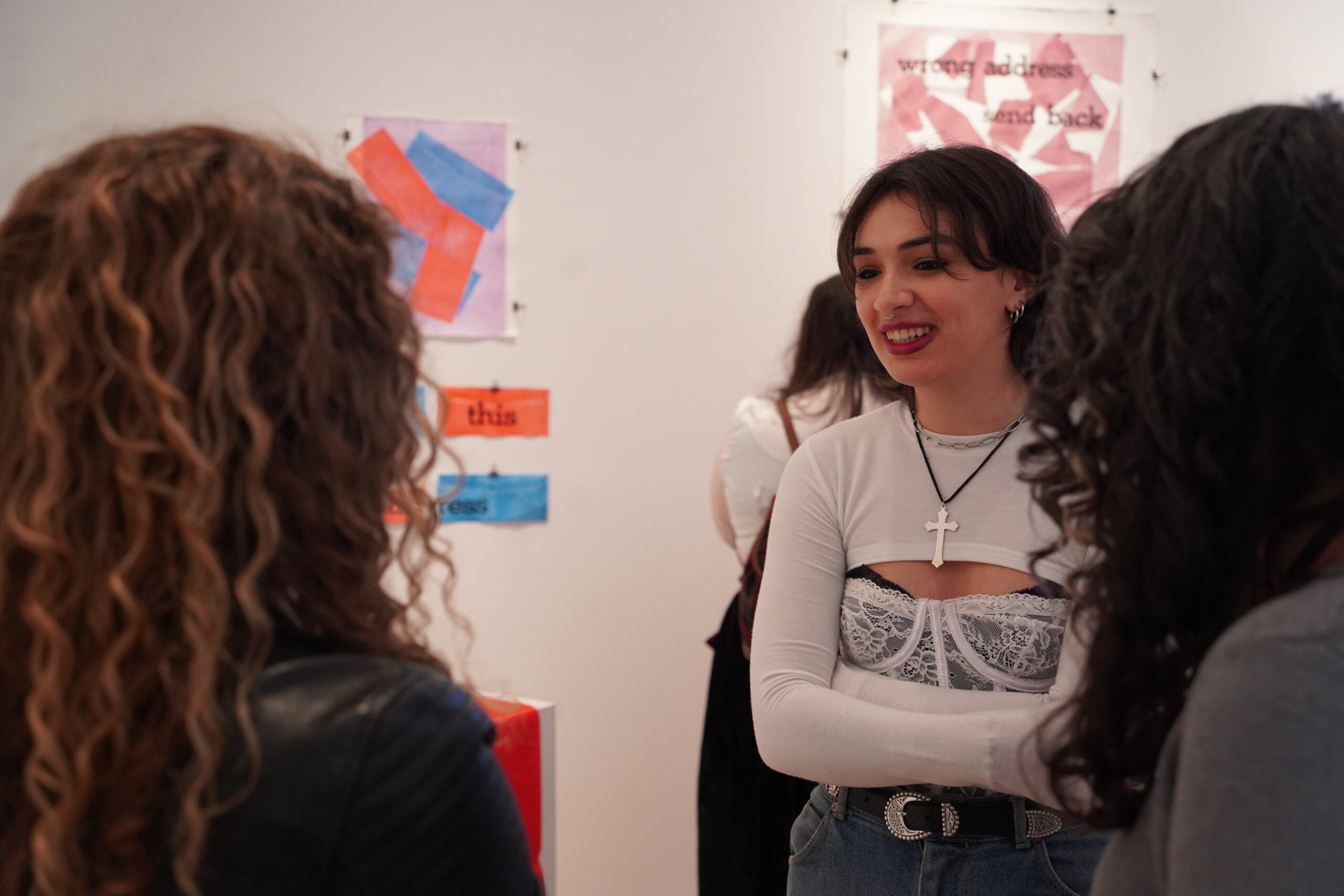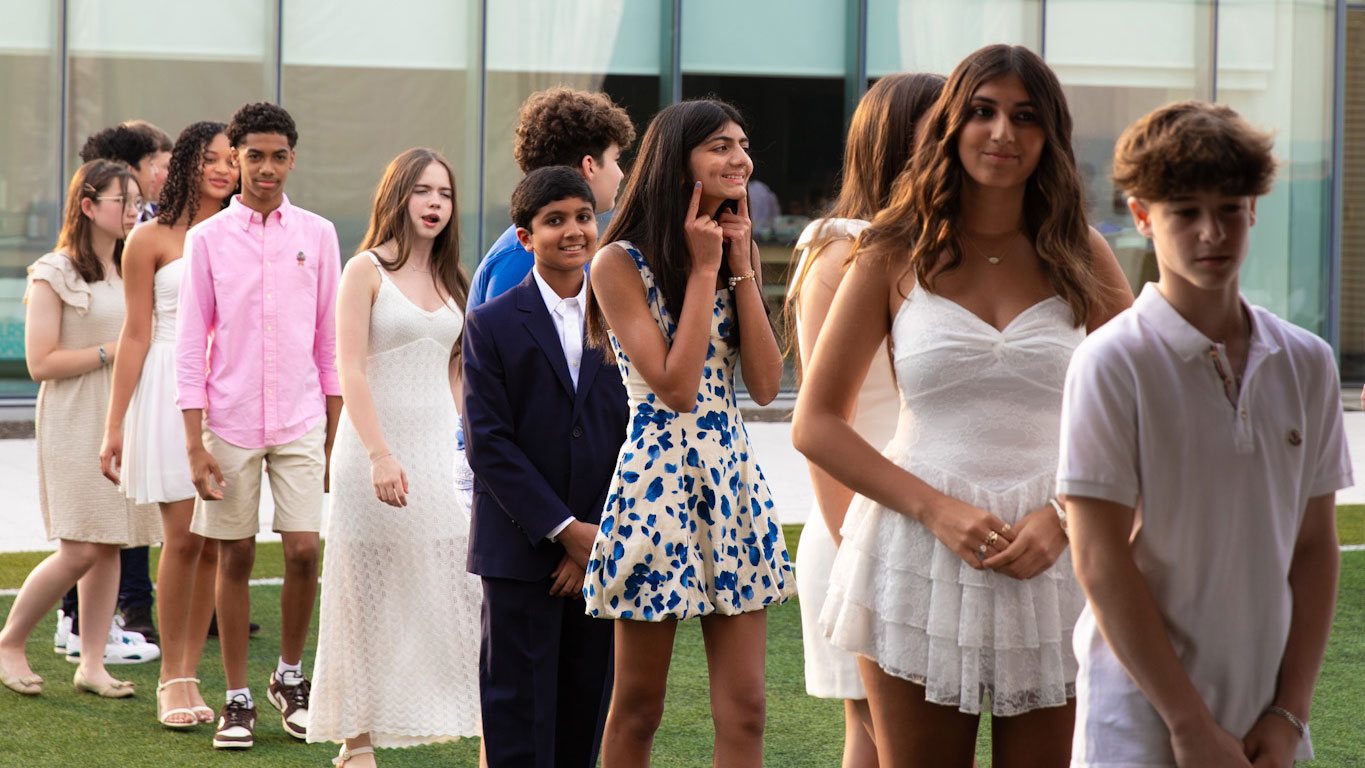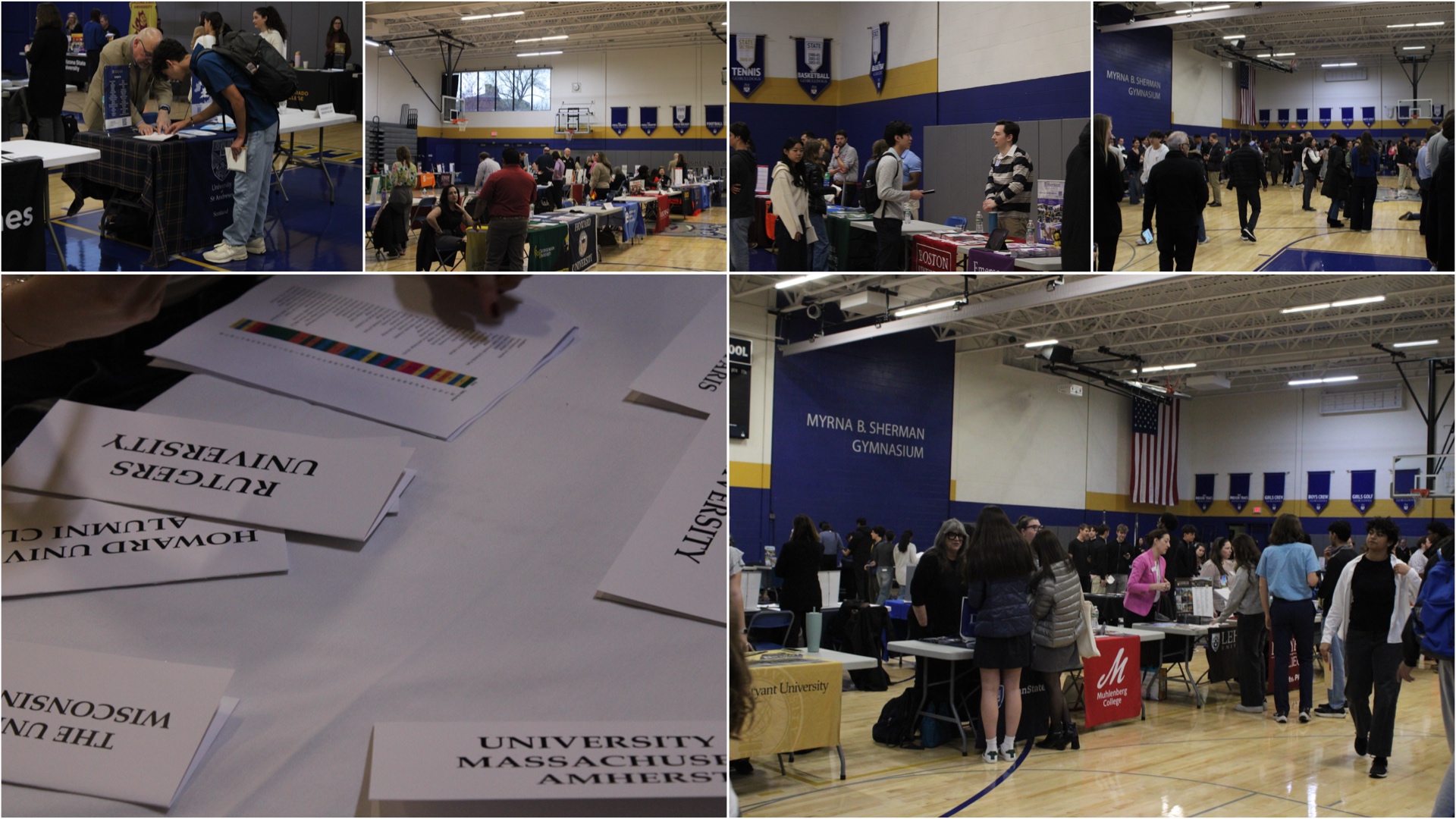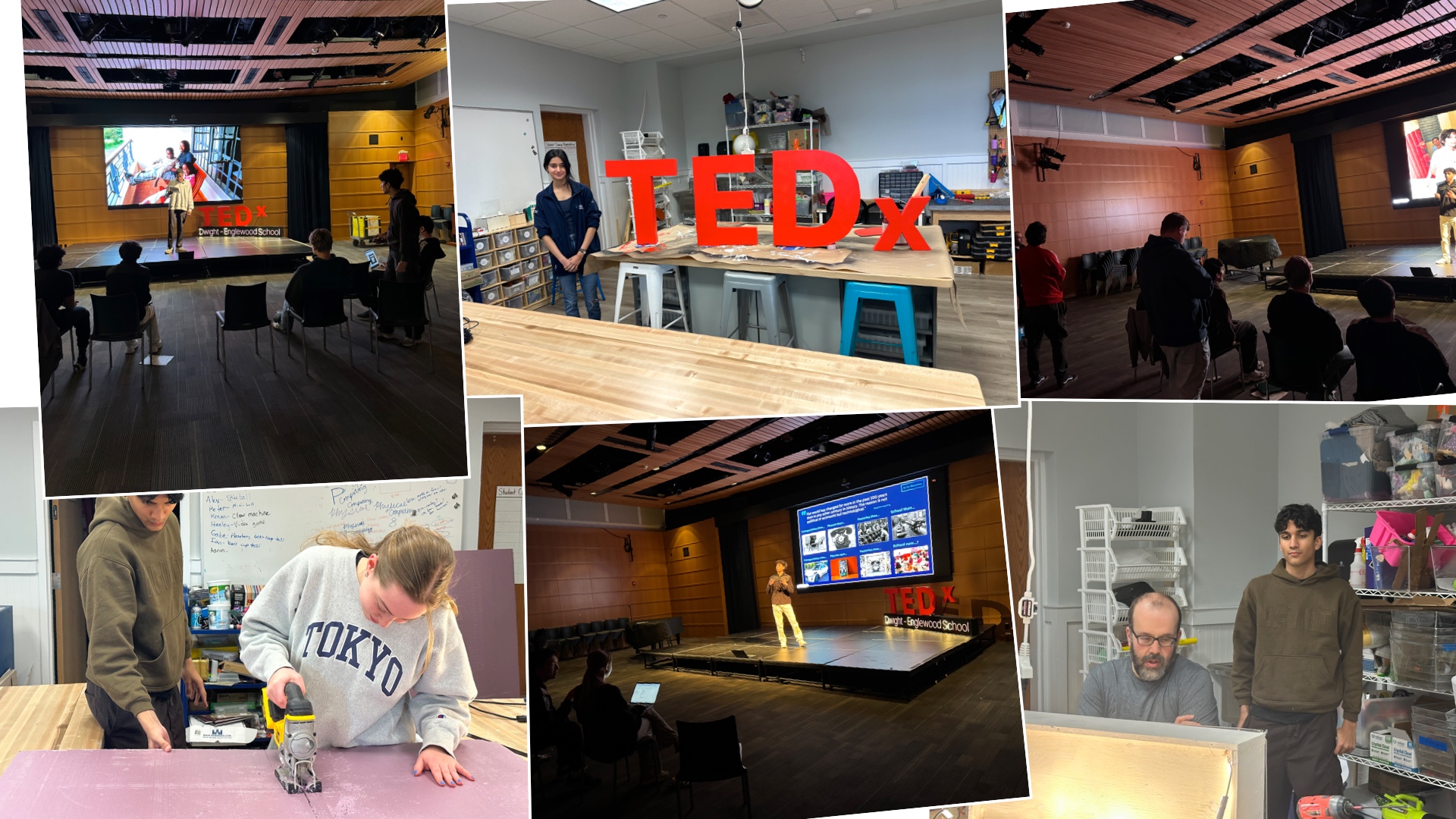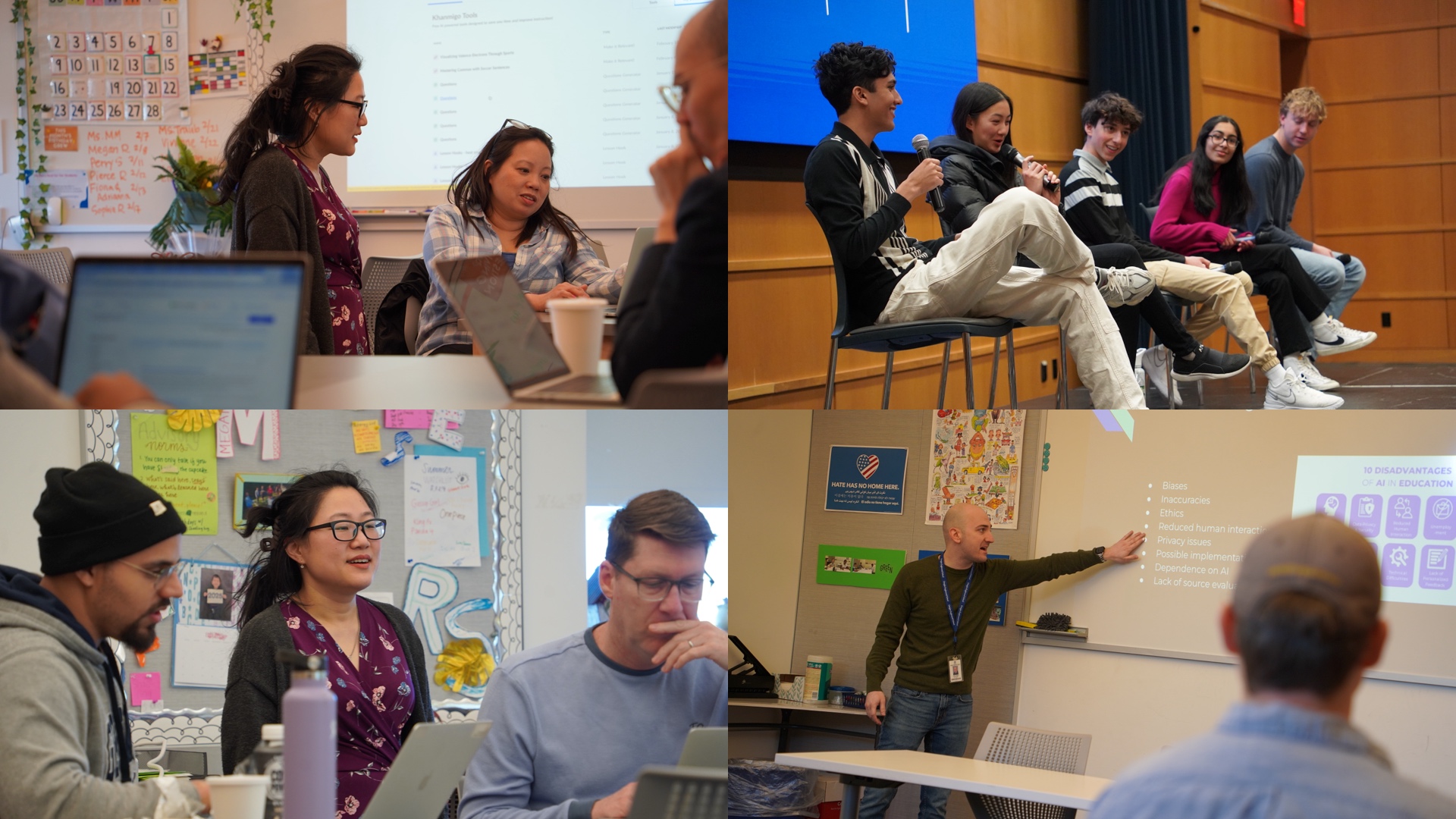Our latest alumni artist featured in the Swartley Gallery is Ambrose Proctor ’21! Their exhibit: “Three of Hearts: On Nature, Friendship, & Art” explores the history of playing cards and visualizes how relationships with others can change.
Biography Statement:
Ambrose Proctor is a student at Union College in Schenectady, NY and a graduate of Dwight-Englewood Class of 2021. At D-E, Ambrose developed their art skills in Advance Placement 2D Art and Sustained Investigation. At Union, they are majoring inAnthropology and Visual Arts as they continue to pursue their artistic creativity. Ambrose’s work has covered many mediums, from embroidery and painting to printmaking and sculpture. In their art, they explore themes of intimacy, attachment, and their relationship to nature.
Artist Statement
The concept of Playing With Nature started with a research project about the art of playing cards. I found that different societies throughout time have used playing cards as an art medium in unexpected ways. Whetherthey are being used to reinforce social values, reflect cultural features, or incite protest, playing cards can be a powerful tool of communication. I chose to add to the plethora of unique subject matter by designing and printing my own deck of cards focused around the native botanical and mycological species of New York Stateand particularly the Capital Region. Rather than Clubs, Hearts, Diamonds, and Spades, I use Trees, Fruits, Mushrooms, and Flowers, with pollinators in place of jokers. I wanted to draw attention to the importance of biodiversity, an awareness of one’s own natural surroundings, and the threat that invasive species pose to theecological balance of our area. In The Power of Friendship, I was investigating what happens when a close relationship becomes destructive.Drawing on an intimate friendship in my life that ended poorly, I played with the concept of two parts joining into a single interlaced form before painfully separating. Working with collagraph (a technique that builds a printable surface from collaged materials) I cut pieces of chipboard into simple organic shapes before subjecting them to violence. I slashed, tore, ripped, and poked holes into the collagraphs. For some, I sewed together two pieces of chipboard whose shapes nearly matched but did not quite fit together. The acts of destruction and reconstruction of the chipboard speaks to the idea that some relationships feel like forcing together pieces which do not fit; they embrace as they inflict damage upon each other. Correspondence continues to explore the relationship that is looked at in The Power of Friendship. Here, the focus is on communication rather than attachment. I reflected on my experiences of isolation during the pandemic and my ways of coping with that isolation. My friend and I began writing letters to each other, playing pretend that we were two secret lovers separated by distance by drawing on stories of queer 19th centuryfigures that kept correspondence with each other in the same manner. Envelopes sealed with wax, papers sprayed with perfume, and little drawings of the two of us tucked between the pages all made it into these letters signed “My Dearest” and “Yours Always.” I thought of what might happen if I continued to send letters after our falling out. Would they be sent back? Would I get a text inquiring about why I would do such a thing? Where doyou put your words when all communication is cut off?
